Topic: RCAF
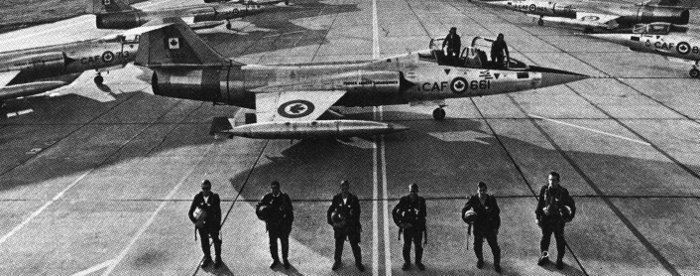
Image from the Canadian Forces magazine Sentinel, Vol. 6, No. 2, February, 1970
Elite Starfighter Pilots take Pride in Flying Dangerous Jet
Ottawa Citizen, 26 May 1983
Hugh Adami, Citizen Staff Writer
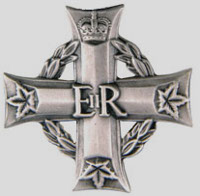
CF-104 Starfighter
Roll of Honour
F/L J.R. Mulhall
F/L D.H. McElmon
F/L W.G. Hollingshead
F/L R.J. Prescott
F/L D.O. Schneider
F/L H.B. Sheasby
F/L I.W. MacLean
F/L J.N. Stacey
F/L I.W. McKnight
F/L D.C. Lawson
F/L H.W. Robbins
F/O R.J. Zemek
F/L R.S. Dunn
S/L D.J. Misselbrook
F/O J.W. Holmes
Capt. R.C. Archibald
Capt. R.J. Swantston
Capt.A.S. Andree
Lt. R.B. Kaiser
Capt. W.E. Brason
Lt. R. Fetchyshyn
Capt. W.M. Wright
Lt. L.S. Hebetler
Capt. J.K. Salter
Capt. P.J. Rackham
Capt. D.L. McCullough
Maj. G.A. Hermanson
Capt. J.O. Shaw
Capt. D.M. Danko
Maj. J.M.A. Coutu
Capt. W.D. Card
Capt. D.B. Breen
Capt. G. Power
Capt. B.B. Reid
Capt. D.R. Owen
Capt. J.L.A. Tremblay
Capt. S.M. Ritchie
"If I have to go, that's the way I want to go." — Canadian Forces Capt. David Owen, a few months before his death in a CF-104 Starfighter crash last December [1982].
To Owen's father, Glyn , there is no doubt his son meant those words as they talked one day last year about the perils of being a Starfighter pilot.
Since his boyhood days, the Ponoka, Alta., native had always wanted to fly. And the Starfighter became his ultimate flying machine once he joined the military.
Like many other Starfighter pilots, some of Owen's best friends had died in CF-104 crashes. But the pilot would never criticize the aircraft.
"He used to say most (crashes) were the result of pilot error," his father recalled Wednesday.
The crash involving Owen was just that.
Military investigators determined that Owen and fellow pilot, Capt. Andrew Tremblay, flying in another Starfighter, collided in mid-air while on a test mission near Cold Lake, Alta. Tremblay was also killed.
But the military won't tell the pilots' relatives which airman was at fault.
Said Owen's father: "It doesn't want to create any bad feelings."
Had David been alive to hear about Sunday's crash in West Germany involving a Canadian Forces Starfighter that killed five people, Owen said his son would be appalled by the controversy surrounding the safety record of the aircraft.
"(Starfighter pilots) are a breed apart."
Lyle Misselbrook of Saskatchewan, who lost his brother Donald as a result of a Starfighter crash in 1967, agrees.
Relatives of men who fly the Starfighter do worry about them, Misselbrook said, but they soon come to the realization that "what will be will be."
"The role of the service creates hazards. But the men who join know exactly what they are getting into."
James Stephenson, father of the pilot who safely bailed out of his Starfighter moments before its fiery crash on a West German highway Sunday, said he knows there's no point trying to tell his son to quit.
His son, Capt Al Stephenson of 439 Tactical Fighter Squadron in Baden-Solingen, West Germany, was a "close buddy" of Capt. Scott Ritchie, the Ottawa native who died last week after his Starfighter went down near Cold lake, Alta.
Ritchie's mother Betty knows why Stephenson could never be persuaded to stop flying the Starfighter. Starfighter pilots, she said, work so hard to get to fly the Starfighter.
"It's separating the men from the boys," she said.
Sunday's crash brought the total of Canadian Forces Starfighters lost to 100. Less than 100 of the original 239 purchased in the early 1960s by the Canadian military remain. Sunday's crash and the crash involving Ritchie are still being investigated.
Defence Minister Gilles Lamontagne has refused to ground the airplane.

Image from the Canadian Forces magazine Sentinel, Vol. 6, No. 2, February, 1970
Nicknamed the "widowmaker" by Canadian airmen and a "rocket with a man in it" by the Americans, about 40 Canadian Forces pilots have died in Starfighter crashes.
The U.S. Air Force, which phased out the Starfighter over the last few years, lost 167 of the 275 it purchased from Lockheed Corp. in the mid-1950s. Of 643,500 hours air time for the entire U.S. Starfighter fleet, 25.2 planes were lost for every 100,000 hours of flying.
Experts, including those in the military, say part of the reason for the high crash rate of the Canadian Starfighter is due to its role as a ground-attack aircraft — a function for which the CF-104 was not primarily designed. The aircraft was originally built as a high altitude interceptor.
Experts say pilots who lose control in low-altitude flying — whether it is due to environmental conditions or pilot error — simply don't have the time to regain control.
The single-engine, narrow winged aircraft can travel up to 2,400 kilometres an hour — twice the speed of sound.
Col. Herb Sievert said it is imperative that the Canadian Forces through its role in NATO — continue to use the Starfighter as a ground-attack aircraft since it is believed the only effective way to get to the enemy. The tactic has been widely used in the Middle east wars by the Israelis, said Sievert.
If the Starfighter was to be used as a high-altitude attacker, military officials believe the enemy would have the better hand.
But Seivert said the ground-attack method will be less hazardous as the forces begin the switch to the new F-18 Hornet, a twin-engine jet fighter suited for both high- and low-altitude warfare.
The Starfighter will be gradually phased out by the F-18. Sievert said the first squadron to change of to the F-18 will be at CFB Cold Lake, where pilot training will start next January [1984].
The three remaining squadrons using the Starfighter — all stationed in West Germany — will change to the F-18 over three, six-month periods starting in 1985.


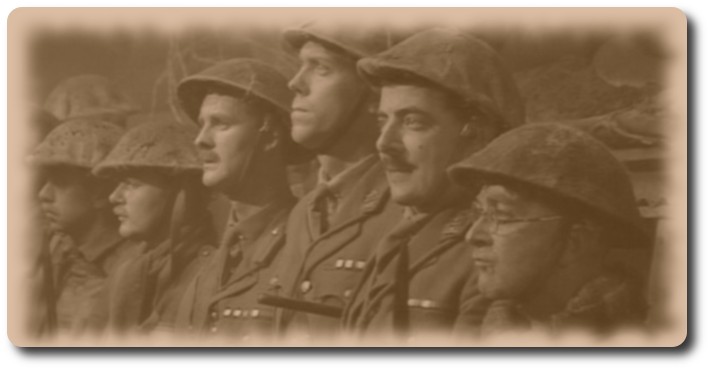

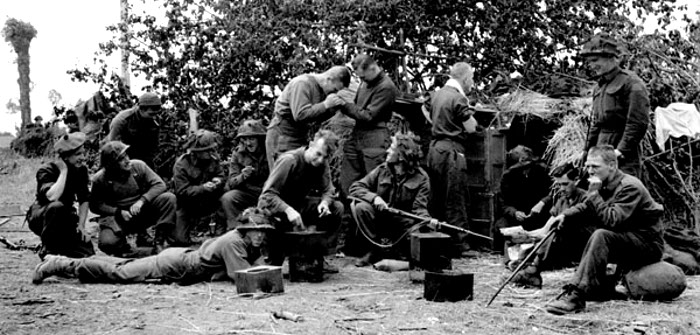

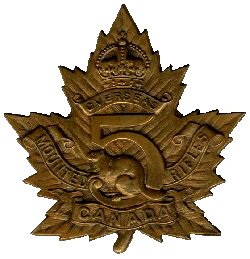 Many decorated heroes foregathered last evening at a dinner given at the
Many decorated heroes foregathered last evening at a dinner given at the 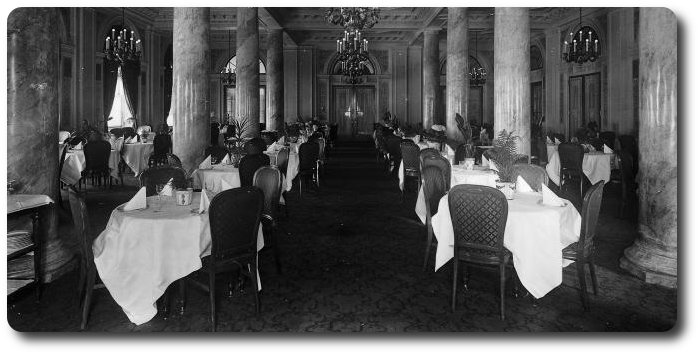
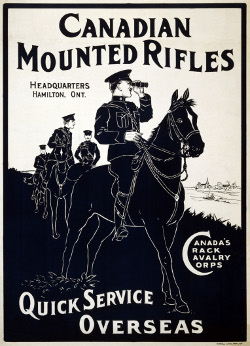 A warm reception was given Lieut.-Col. Rhoades when he rose to speak of the history of the Mounted Rifles and the splendid work they had done overseas. He remarked that the C.M.R. Had always worked together at the front as a happy family, officers and men always being willing to take their share of the hard work and hard knocks.
A warm reception was given Lieut.-Col. Rhoades when he rose to speak of the history of the Mounted Rifles and the splendid work they had done overseas. He remarked that the C.M.R. Had always worked together at the front as a happy family, officers and men always being willing to take their share of the hard work and hard knocks.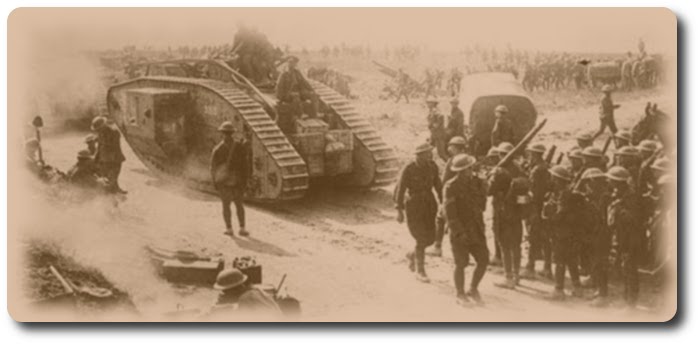
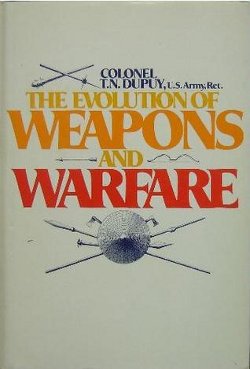
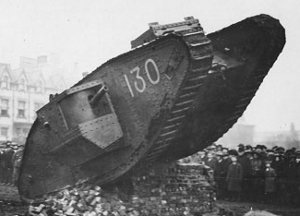 7. Once the infantry arrived. the tanks should move onto the next trench line, bringing it under enfilade fire and attacking enemy reserves and bombing parties moving up.
7. Once the infantry arrived. the tanks should move onto the next trench line, bringing it under enfilade fire and attacking enemy reserves and bombing parties moving up.
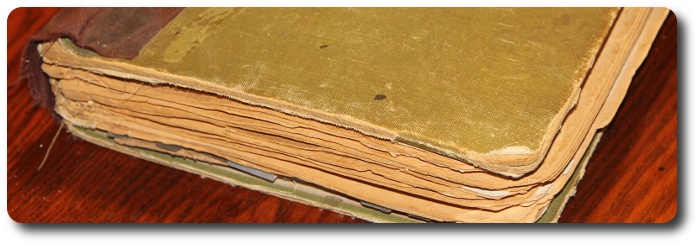
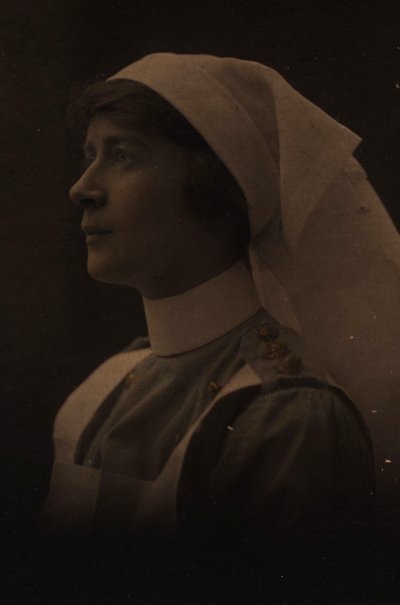 Ada Andrews Kemp was born in Essex Co., England on 2 June 1895. She emigrated to Canada in 1903 as a Bernardo foster child, i.e,, an orphan, where she lived in
Ada Andrews Kemp was born in Essex Co., England on 2 June 1895. She emigrated to Canada in 1903 as a Bernardo foster child, i.e,, an orphan, where she lived in 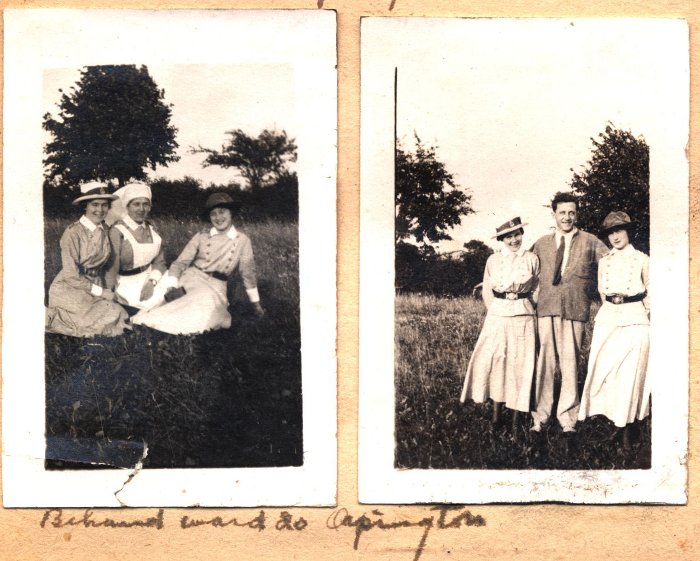
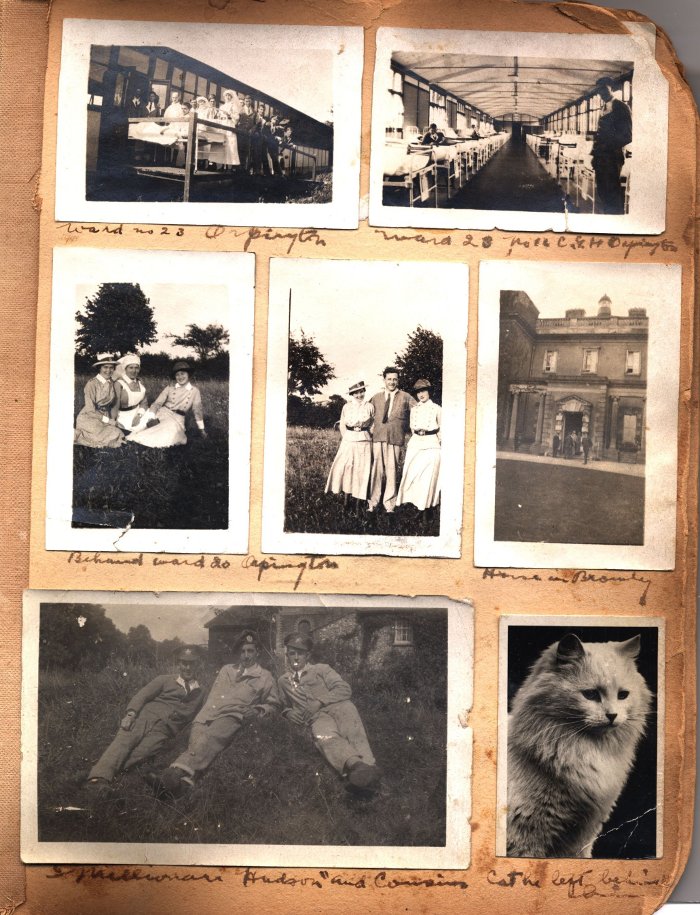
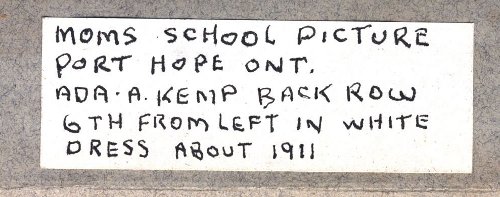
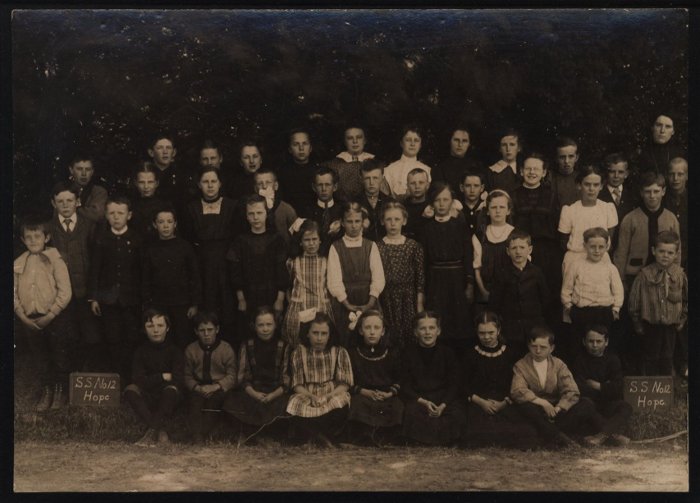
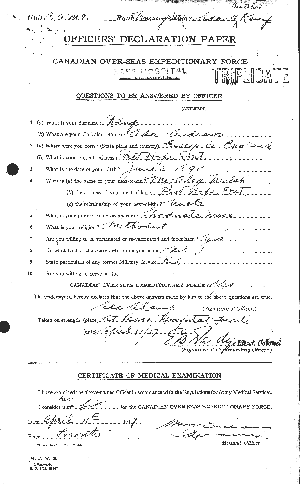
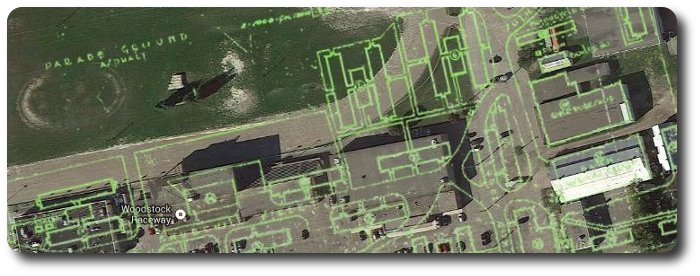
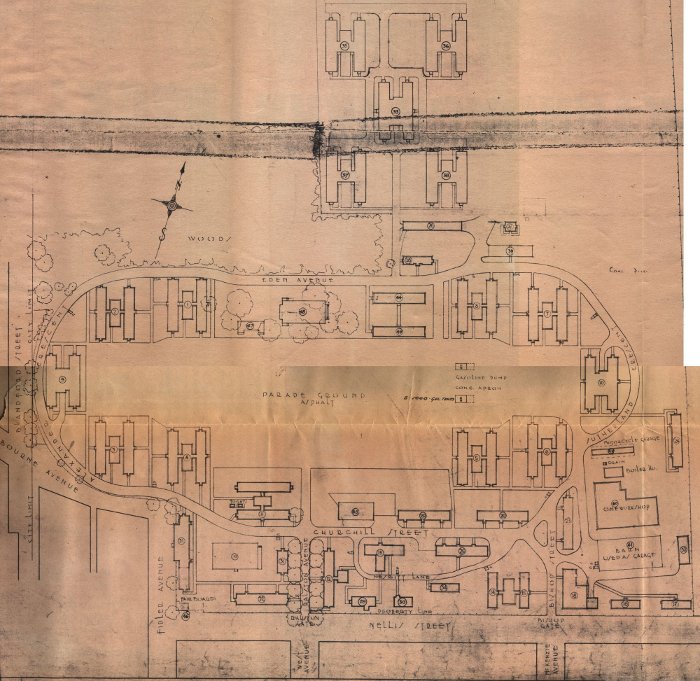
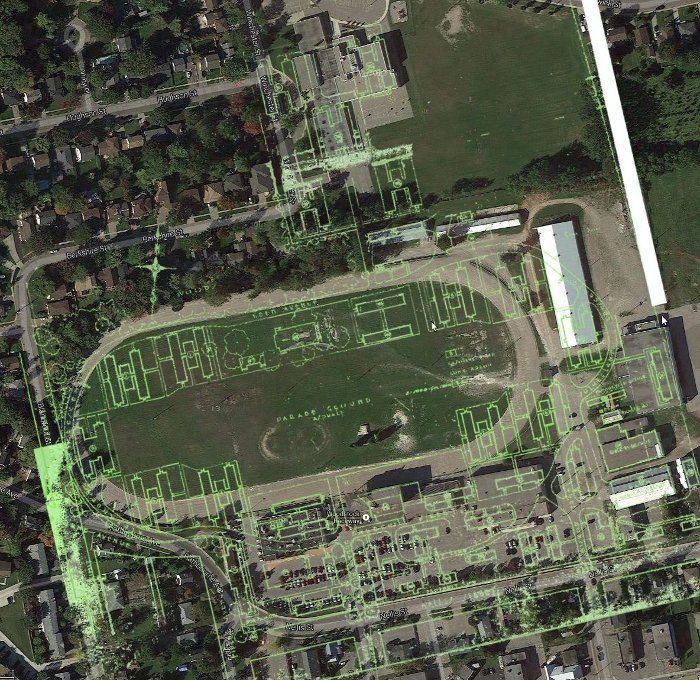
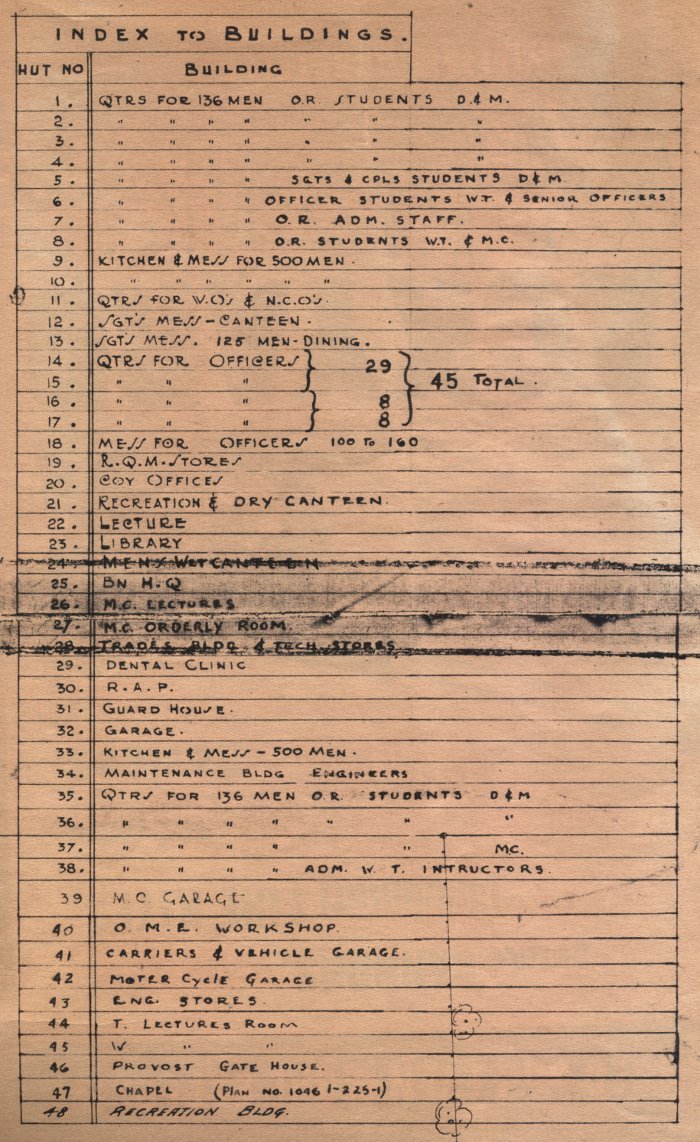
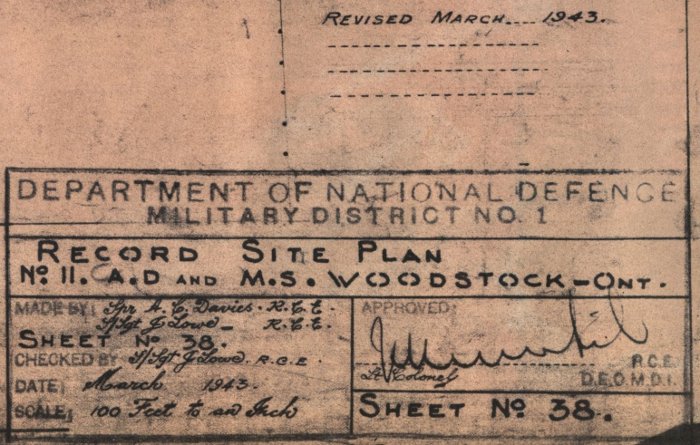

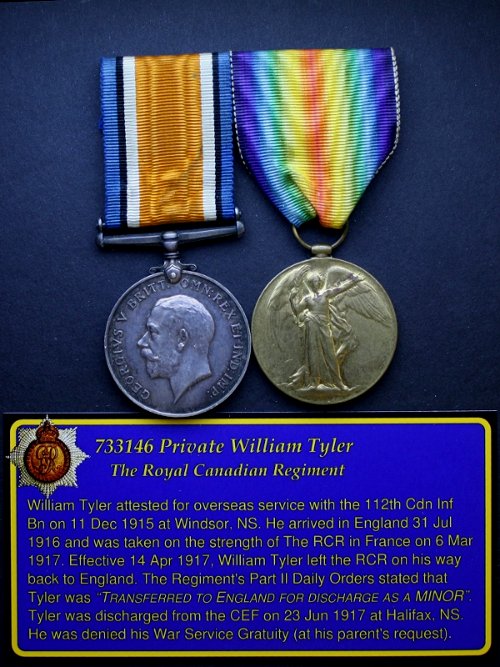


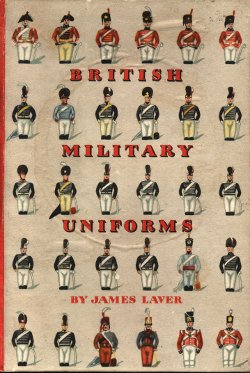 We have now followed, in a necessarily abbreviated and inadequate fashion, the history of British Military Uniforms from their beginning, with the rise of professional armies, to their virtual extinction under the conditions of modern, mechanized warfare. What conclusions, if any, can we come to at the end of our enquiry?
We have now followed, in a necessarily abbreviated and inadequate fashion, the history of British Military Uniforms from their beginning, with the rise of professional armies, to their virtual extinction under the conditions of modern, mechanized warfare. What conclusions, if any, can we come to at the end of our enquiry?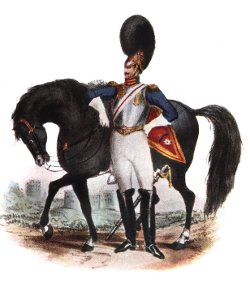 The utility principle has comparatively little influence on civilian costume. In modern male civilian dress it produces a succession of 'sports' clothes which gradually formalize themselves until they are too uncomfortable to be worn for any active pursuit and have to be replaced by something 'easier'. The same is true of military costume.
The utility principle has comparatively little influence on civilian costume. In modern male civilian dress it produces a succession of 'sports' clothes which gradually formalize themselves until they are too uncomfortable to be worn for any active pursuit and have to be replaced by something 'easier'. The same is true of military costume.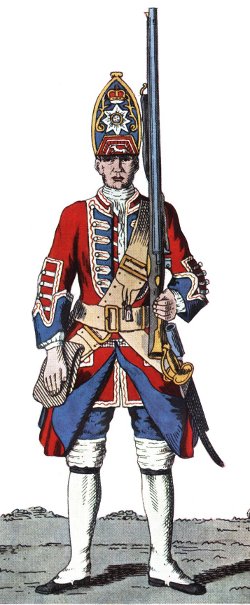 1. Military uniforms are the appurtenances of Kings' Bodyguards and the professional armies that developed from them. Their history is therefore very short – little more than than two hundred years.
1. Military uniforms are the appurtenances of Kings' Bodyguards and the professional armies that developed from them. Their history is therefore very short – little more than than two hundred years.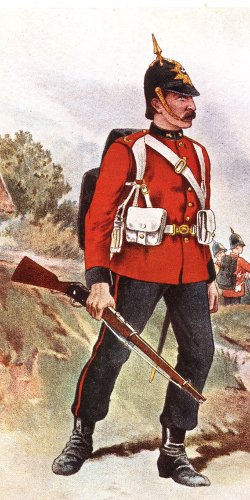 10. Cavalry uniforms follow certain peculiar lines of their own. They strive always for gorgeousness and display, and frequently develop decorations which make it impossible for their wearers to function as cavalry.
10. Cavalry uniforms follow certain peculiar lines of their own. They strive always for gorgeousness and display, and frequently develop decorations which make it impossible for their wearers to function as cavalry.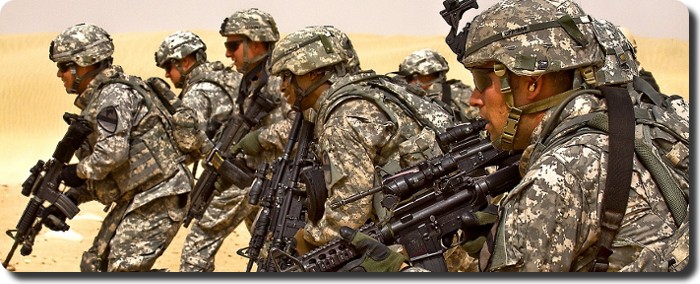
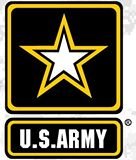 I am the Infantry—Queen of Battle! I meet the enemy face to face … close with him and destroy him. For two centuries, I have been the bulwark of our Nation's defense. I am the Infantry! Follow me!
I am the Infantry—Queen of Battle! I meet the enemy face to face … close with him and destroy him. For two centuries, I have been the bulwark of our Nation's defense. I am the Infantry! Follow me!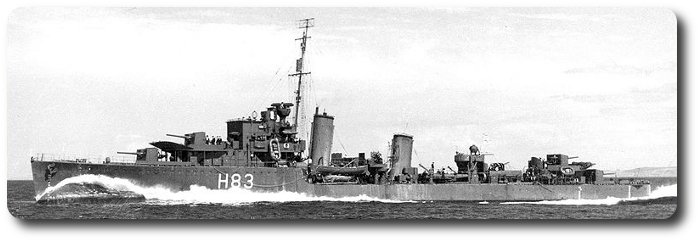
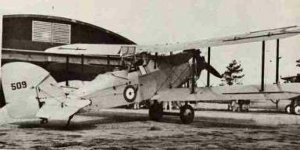
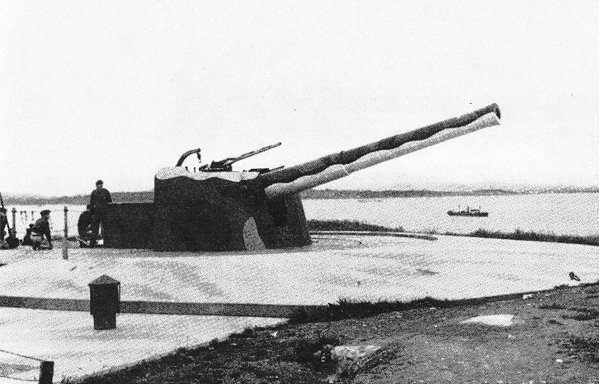

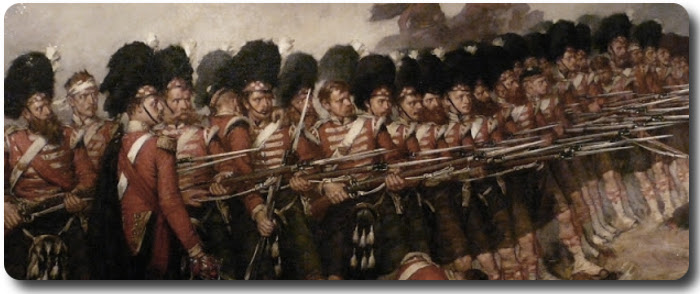
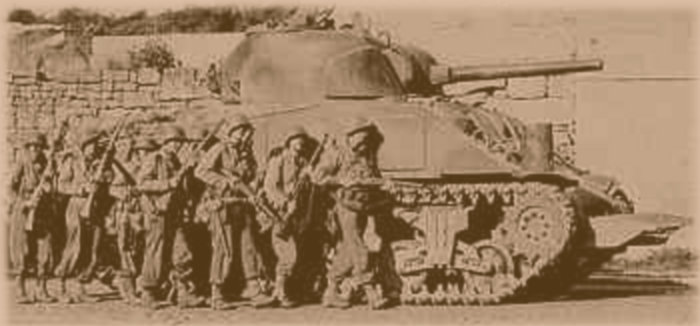
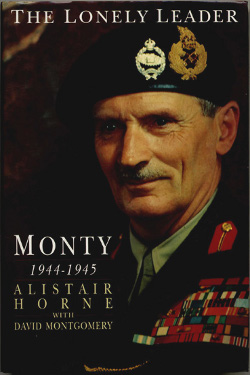 It is a truism that, in a peace-orientated democracy, the panoply of war generally reflects the civilian industrial base rather than that which it requires ideally to win a war. But, as
It is a truism that, in a peace-orientated democracy, the panoply of war generally reflects the civilian industrial base rather than that which it requires ideally to win a war. But, as 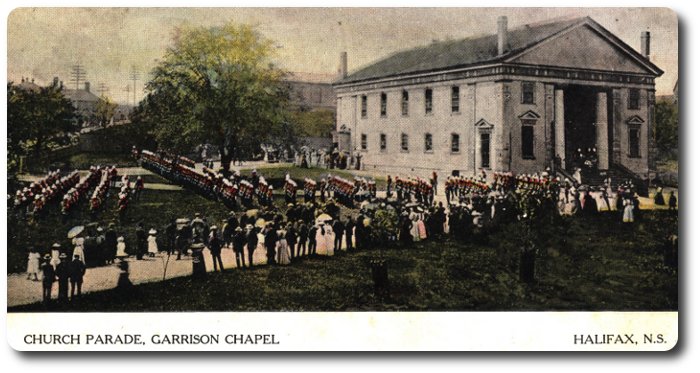

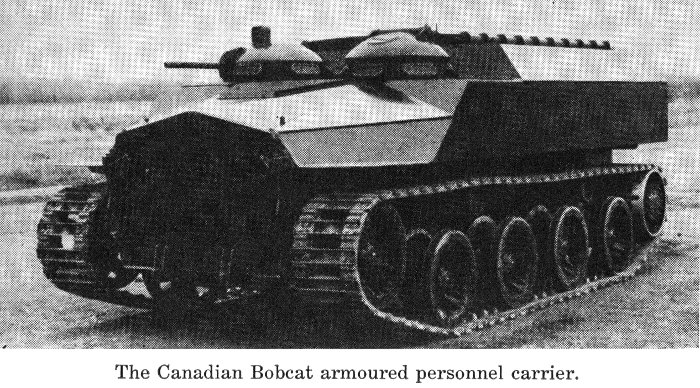
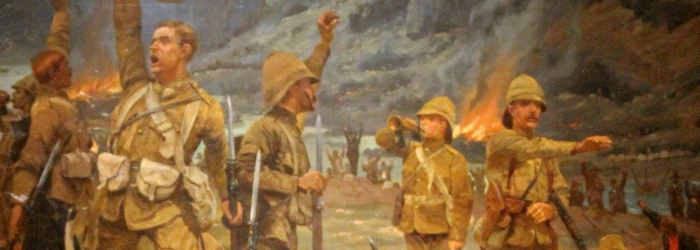

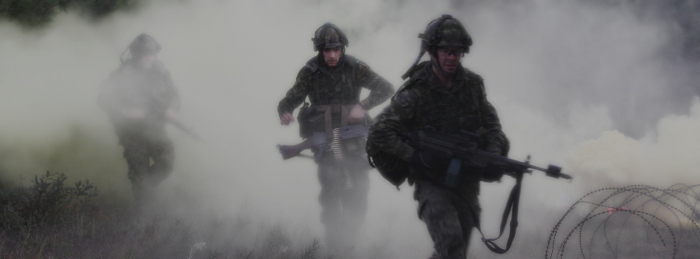
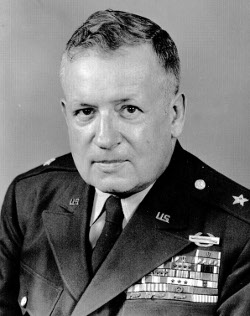
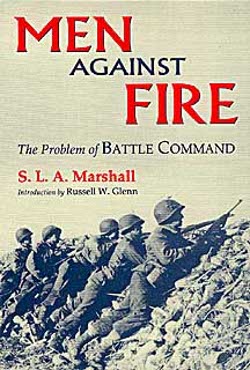

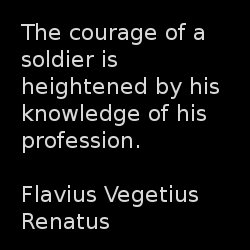 Men must be sufficiently tried before they are led against the enemy.
Men must be sufficiently tried before they are led against the enemy.